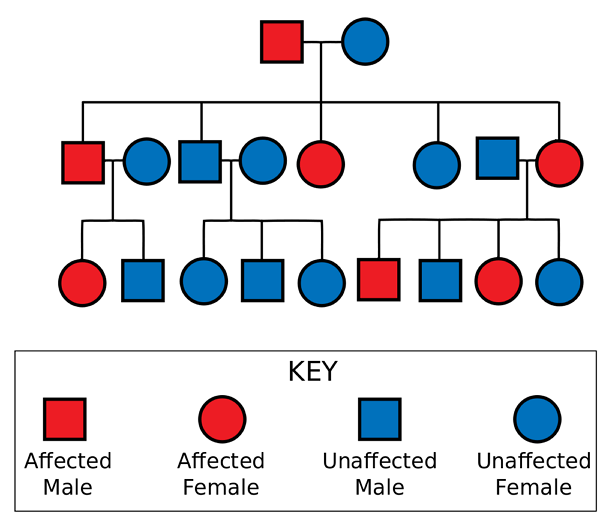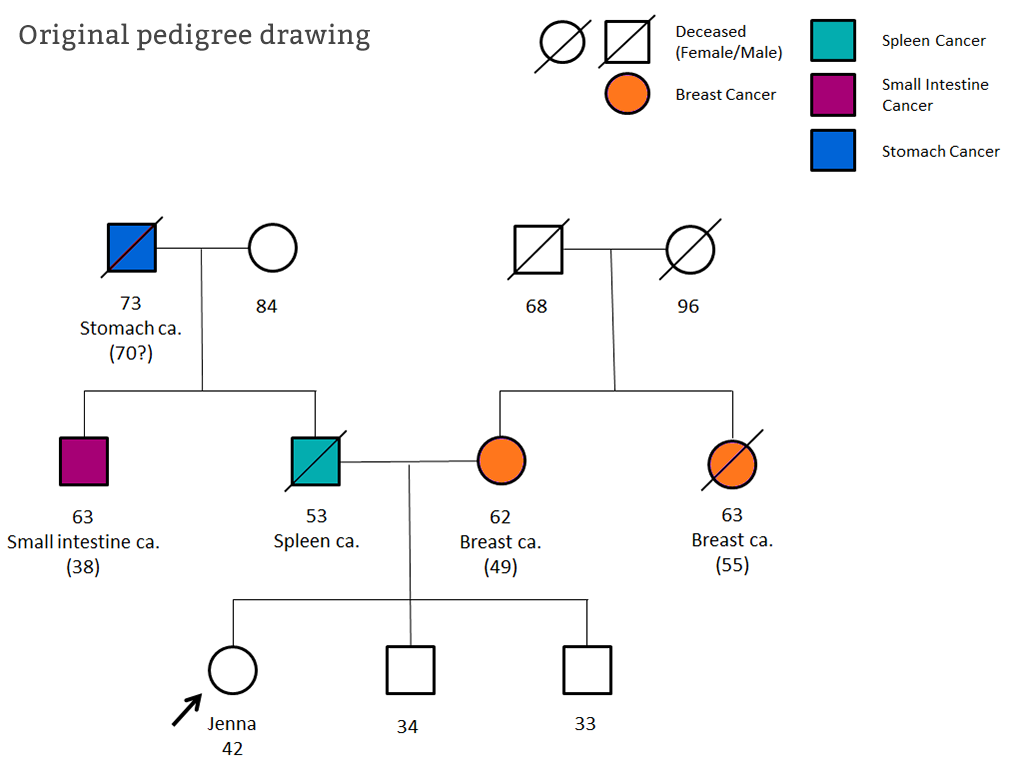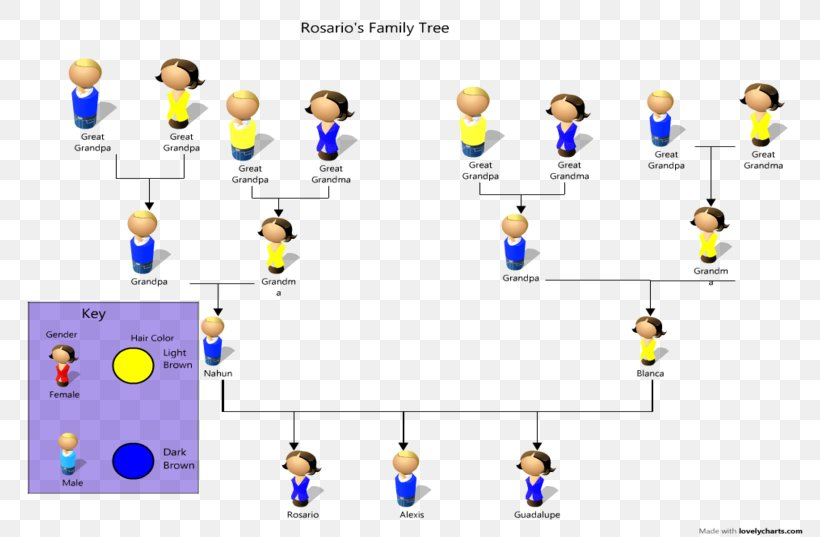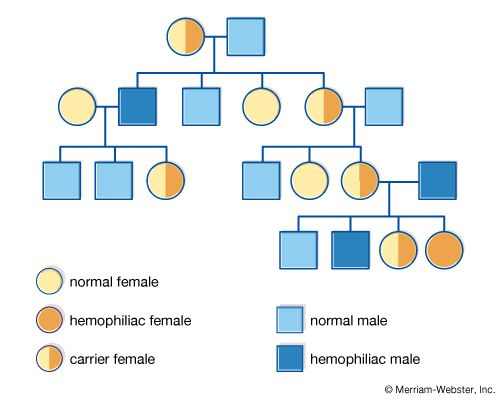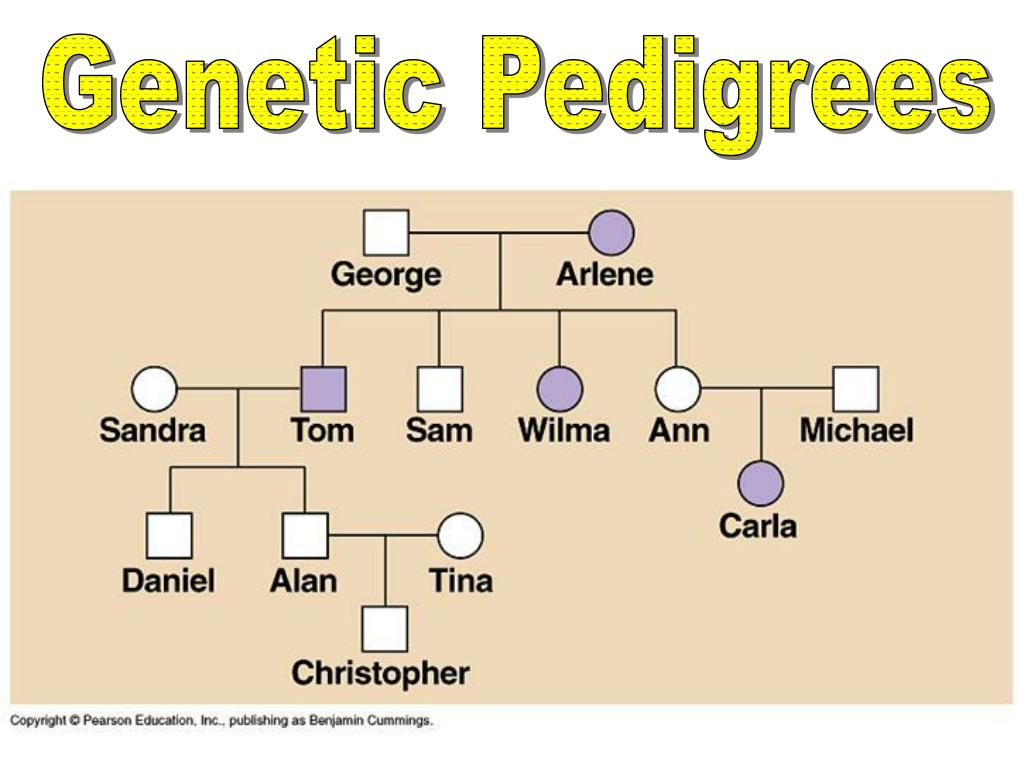Family pedigree charts are a valuable tool in understanding the inheritance of genetic traits within a family. These charts visually display the relationships between family members and can help geneticists track the presence of specific traits through generations. By examining a family pedigree chart, researchers can identify patterns of inheritance and determine the likelihood of passing on certain traits to future generations.
One of the key benefits of using family pedigree charts is the ability to trace the origin of genetic traits within a family. By documenting the presence or absence of a trait in each family member, researchers can pinpoint the specific individuals who carry the gene responsible for that trait. This information is crucial for identifying individuals at risk of inheriting genetic disorders and for developing targeted treatment strategies.
Genetic Trait Family Pedigree Chart
How to Create a Family Pedigree Chart for Genetic Trait Analysis
Creating a family pedigree chart for genetic trait analysis involves gathering detailed information about the traits present in each family member and their relationships. Start by identifying the trait of interest and documenting its presence or absence in each family member. Then, map out the relationships between family members, including parents, siblings, and extended relatives.
When creating a family pedigree chart, it’s essential to use standardized symbols and notation to represent different relationships and traits accurately. Common symbols used in pedigree charts include squares for males, circles for females, and shading or symbols to indicate the presence of a specific trait. By following these guidelines, researchers can create a clear and concise representation of the genetic traits present in a family.
Interpreting Family Pedigree Charts for Genetic Trait Analysis
Once a family pedigree chart has been created, researchers can analyze the patterns of inheritance and make predictions about the likelihood of passing on specific genetic traits to future generations. By examining the relationships between family members and the presence of traits in each individual, geneticists can determine whether a trait is inherited in a dominant or recessive manner and calculate the probability of passing on that trait to offspring.
Interpreting family pedigree charts requires a thorough understanding of genetic principles and inheritance patterns. Researchers must consider factors such as the mode of inheritance, the penetrance of the trait, and the presence of genetic modifiers that may influence the expression of the trait. By carefully analyzing the information presented in a family pedigree chart, researchers can gain valuable insights into the inheritance of genetic traits within a family.
In conclusion, family pedigree charts are an essential tool in genetic trait analysis, allowing researchers to track the inheritance of specific traits within a family and make predictions about the likelihood of passing on those traits to future generations. By creating and interpreting family pedigree charts using standardized symbols and notation, researchers can gain valuable insights into the genetic traits present in a family and develop targeted treatment strategies for individuals at risk of inheriting genetic disorders.
Download Genetic Trait Family Pedigree Chart
Genetic Pedigree Charts
Pedigree Chart Genetics Phenotypic Trait Organism Family Tree PNG
Pedigree Definition Breeding Symbols Britannica
Genetic Pedigree Diagrams Pedigree Chart Analysis Worksheet
